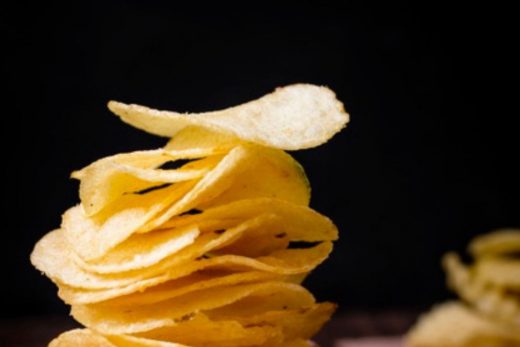Dr. Judy Sakanari, a parasitologist in the Department of Pharmaceutical Chemistry at the University of California, San Francisco, believes that this view downplays the risks of ingesting anisakids. “Infection by these parasites can be very serious and can lead to resection [surgical removal of part of an organ] of the intestine,” she warns. Sakanari stresses that understanding the life cycle of the parasite is necessary to a full appreciation of the risks involved.
All parasites seek to reach their end-host organisms. For tapeworms, these are bears and other fish-eating mammals; for anisakids, they’re marine mammals, such as whales, seals, and dolphins. If all goes as the parasite gods intend, fish carrying infectious worm larvae will be consumed by an end-host organism. But if those fish are snatched up in a trawler or caught on a line, the ideal parasitic life cycle is interrupted. As soon as the fish’s body temperature begins to rise to that of the end-host mammal, the parasite larvae in its gut will attempt to find a way out, leading them to burrow into the fish’s flesh. This is one reason why it’s always best to keep ungutted fish cold: Any parasite larvae in the fish gut will remain immobile as long as the temperature is sufficiently low.





